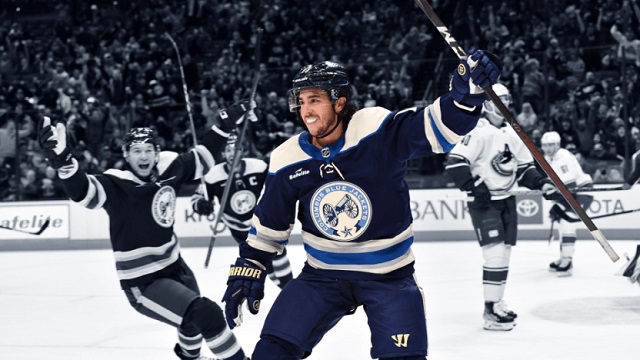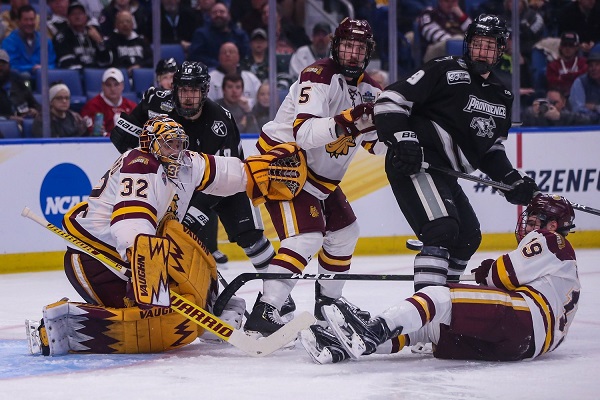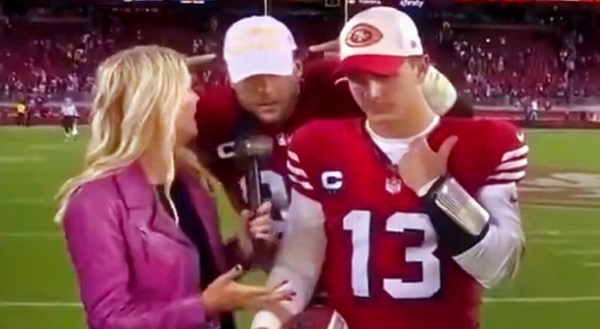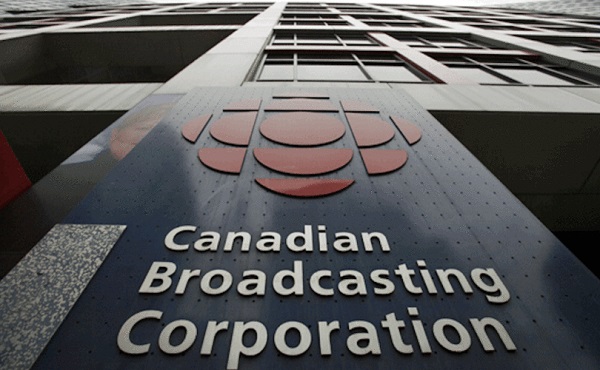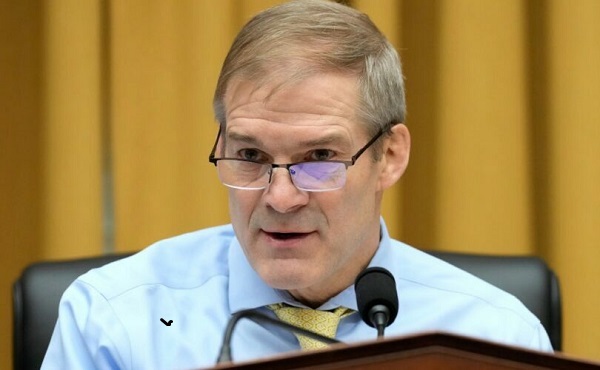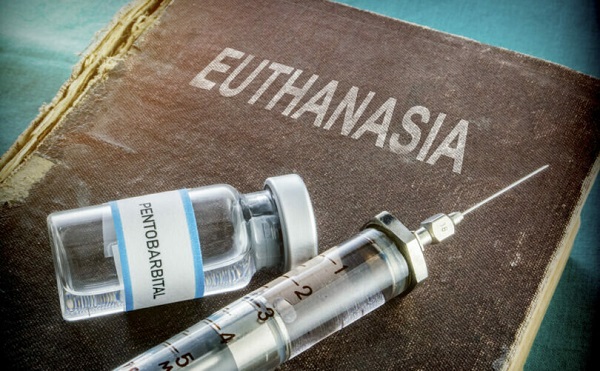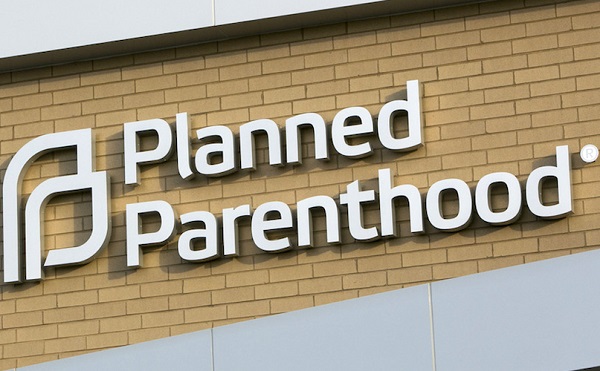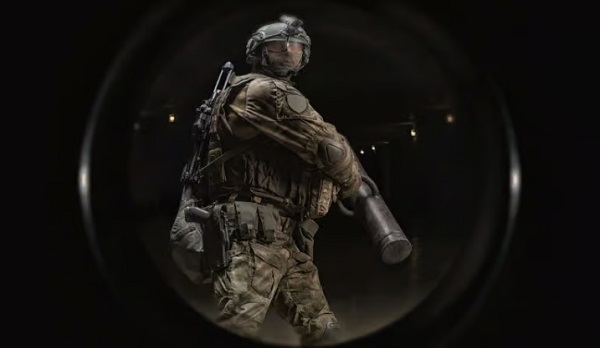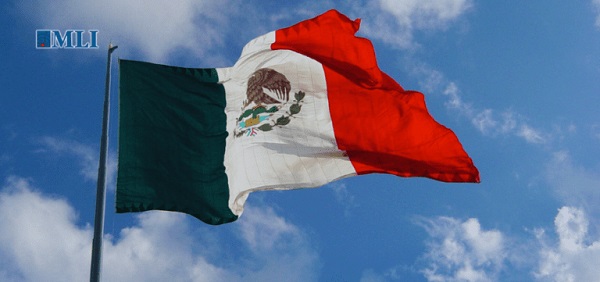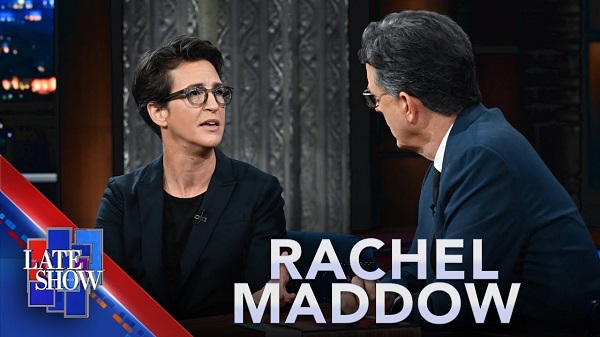In forty-years-plus of covering sports you develop hobby horses. Issues that re-appear continuously over time. In our case, one of those issues has been pro hockey’s development model and the NCAA’s draconian rules for its participants. Which was better, and why couldn’t the sides reach a more reasonable model?
In the case of hockey the NCAA’s ban on any player who played a single game in the Canadian Hockey League created a harsh dilemma for hockey prodigies in Canada and the U.S. Throw your lot in with the CHL, hoping to be drafted by the NHL, or play in a secondary league like the USHL till you were eligible for the NCAA. Prospects in the CHL’s three leagues — the OHL, QMJHL and WHL —were classified as professional by the NCAA because they get $600 a month for living expenses, losing Division I eligibility after 48 hours of training camp. The stipend isn’t considered income for personal tax purposes.”
Over the decades we’ve spoken with many parents and players trying to parse this equation. It was a heartbreaking scene when they gambled on a CHL career that gave them no life skills or education. Or the promised NCAA golden goose never appeared after playing in a lower league for prime development years.
There were tradeoffs. NCAA teams played fewer games, CHL teams played a pro-like schedule. The NCAA awarded scholarships (which could be withdrawn) while the CHL created scholarships for after a career in the league (rules that players getting NHL contracts lost those scholarships has been withdrawn). There were more contrasts.
As we wrote here in 2021, it might have stayed this way but for a tsunami created by the antitrust issue of Name Image Likeness for NCAA players who were not paid for the use of their NIL. When the U.S. Supreme Court ruled on the issue in 2015 it warned the NCAA that its shamateurism scheme had to change. That created revolution in the NCAA. Athletes now receive healthy compensation for their image in video and digital products. They can also take million-dollar compensation from sponsors and boosters.
Portals allow them to skip from team to team to find millions in compensation. One of the many changes in the new NCAA was its prohibition against CHL players. To forestall future lawsuits costing millions, it recently made hockey players eligible for the same revenues as football and basketball players. Now the NCAA has voted to open up college hockey eligibility to CHL players effective Aug. 1, 2025, paving the way for major junior players to participate in the 2025-26 men’s college hockey season.
Which, we wrote in 2022, would leave hockey’s development model vulnerable. “As one insider told us, “The CHL model should be disrupted. Archaic and abusive.” NIL won’t kill the CHL but it could strip away a significant portion of its older stars who choose guaranteed money over long bus rides and billeting with other players. It’s early days, of course, but be prepared for an NHL No. 1 draft pick being a millionaire before his name is even called in the draft.”
